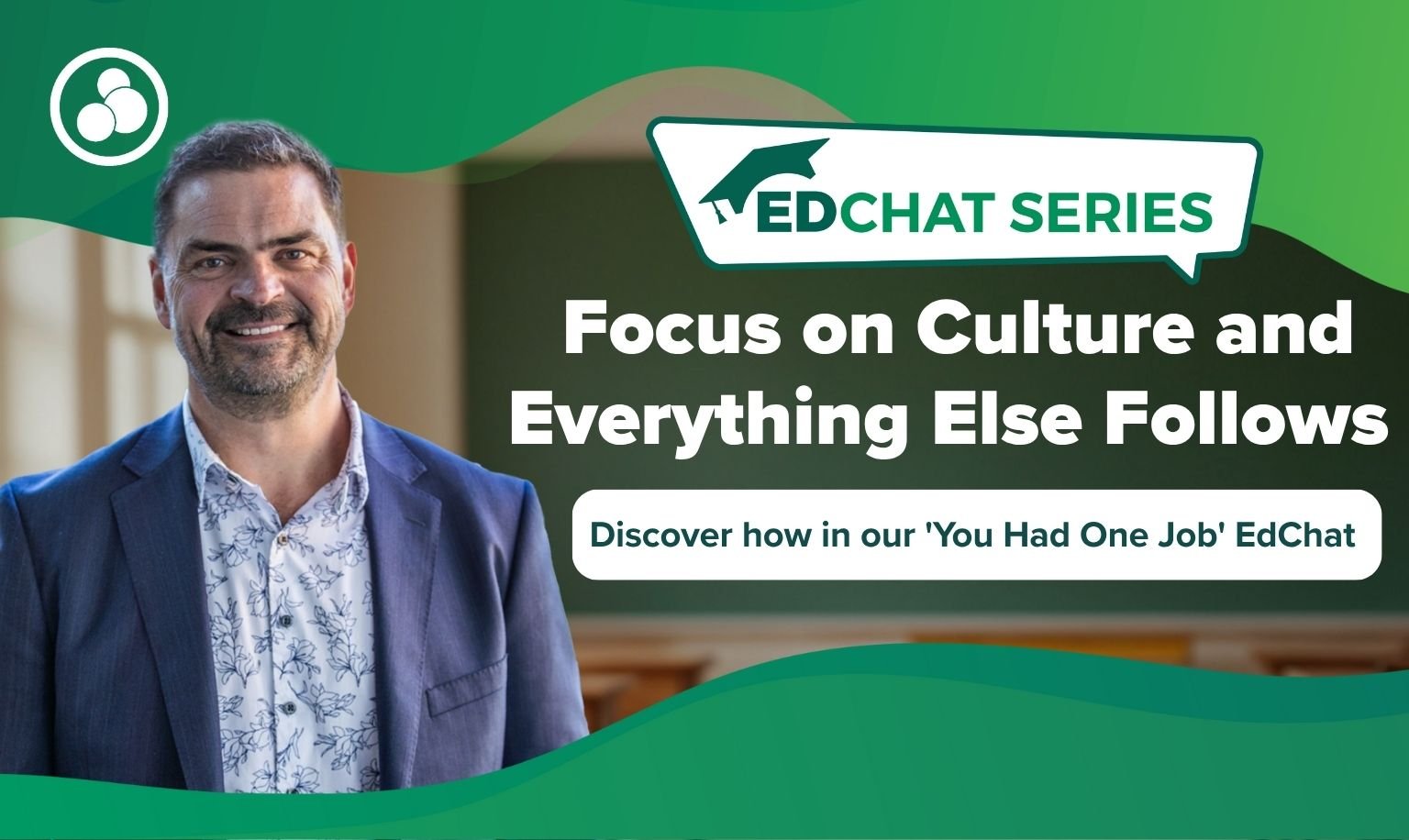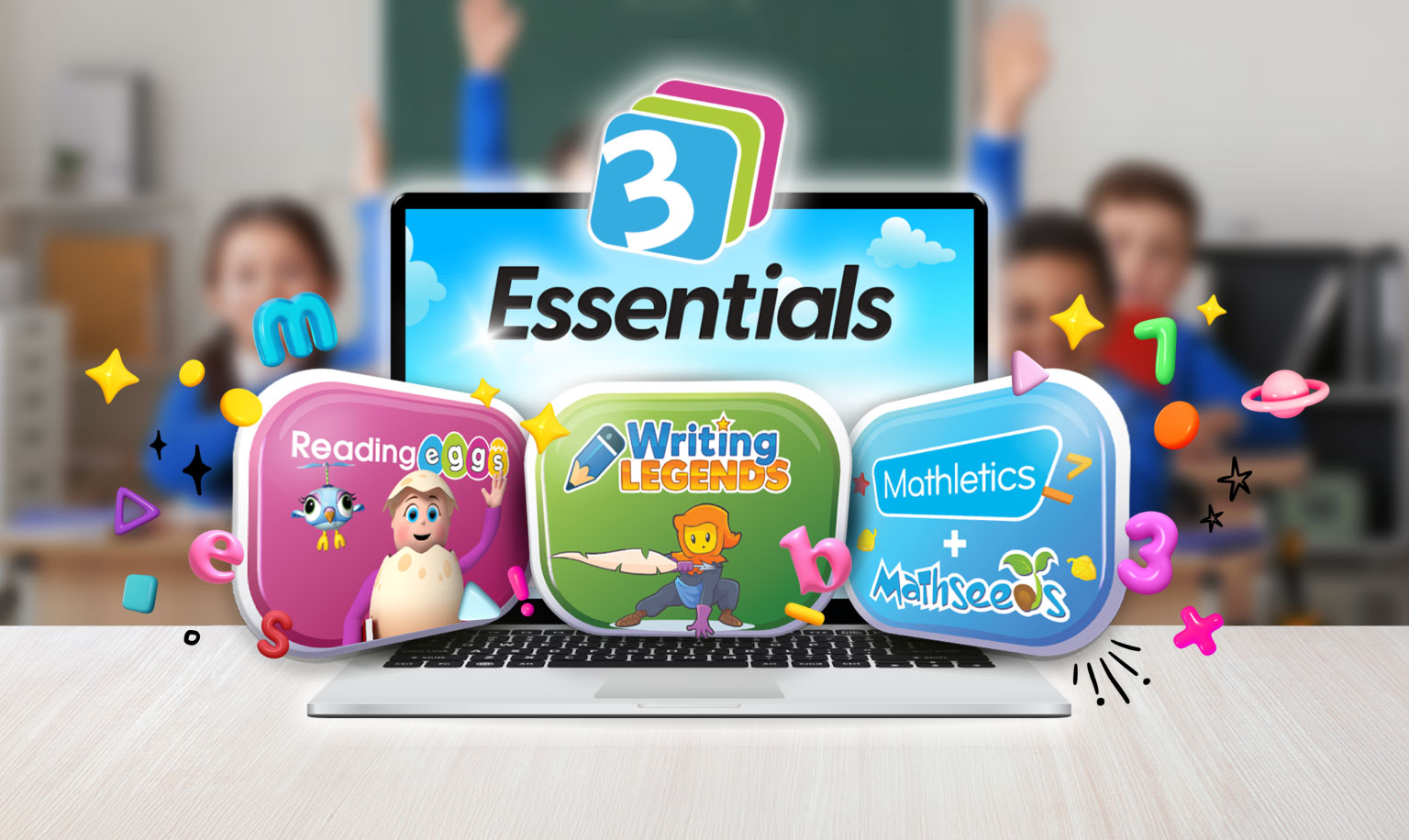
Setting clear lesson goals
Setting goals is how you guide yourself down your intended path. Having objectives in mind provides a way to align your actions in service of those big-picture targets.
Sure, you can keep things moving day-to-day without a long-term strategy. But without larger goals, you’ll find yourself standing in the same spot months down the line.
This is why lesson goals in the classroom are so important. They are your veritable north star for teaching, guiding every session with your students.
Your lesson goals should clearly define the ‘why’ behind your teaching so that everyone understands the reasons for learning a given subject.
Without these goals in place, you risk a lack of focus in the classroom and you won’t have a way to measure successes and failures for your lesson plans.
How Do You Set Effective Lesson Goals?
1. Ask Yourself Pointed Questions
Your lesson goals should outline what your students will ideally be able to accomplish once the lesson is completed. In order to understand what these goals might look like, ask yourself some key questions, like:
- What will students accomplish during this lesson?
- What does success look like to me?
- IE: To what specific level will the students perform a given task in order for the lesson to be considered accomplished?
- How will the students show that they understood and learned the goals of your lesson?
Beginning with these questions will set the stage for some of your goals and can inform your metrics (more on that later).
2. Frame Your Goals With A Growth Mindset
A growth mindset focuses on effort as the core factor behind learning. When your classroom takes this approach, they believe their abilities can change as a result of effort, perseverance, and practice.
All of your lesson goals need to be formulated with a growth mindset framework. This means:
- Stating the goal in a positive way. Ex:
- “We will learn to ….”
- “We will be able to …”
- “We will succeed in …”
- Ensuring it’s challenging but also achievable.
- Including growth in a capacity or skill set.
- Adhering to overall learning values.
- Taking barriers or potential challenges into account.
Following the above criteria forces you to create a goal that is centred around a growth mindset.
3. Set Metrics
Lesson goals help you measure whether or not you are achieving your learning objectives through set metrics. Metrics should be set up in a way that makes it easy to identify whether or not goals are being met.
If your core lesson goal is for the entire class to learn the members of each food group, your metrics would be based around how many foods and groups your class can identify. You can then set milestones within certain timeframes.
For example: I expect the classroom to be able to identify the five food groups independently by week two.
4. Communicate These Goals With Your Students
Once you have decided what your goal is going to be, it’s time to communicate it to your classroom. It’s important for everyone to understand what you’re working towards, that way your students can aim for the finish line together.
Depending on your class dynamic, it might be a good exercise to turn this into a lesson in itself. Gather your class and ask them thought-provoking questions about the goals you’ve set, such as:
- How do you see us reaching this goal?
- Where can you see problems coming up?
- How can we work through those issues together?
- What will it look like when you achieve this goal?
Having a class discussion about these things can lead to increased engagement with your objective. When students are asked their opinions on a goal, they tend to feel more connected to it.
5. Reflect On The Process
You should look back on every lesson goal and ask yourself what worked, what didn’t and how you plan to change moving forward.
It’s common to either set lesson goals that are too ambitious or not ambitious enough. Use your reflection time to decide if you need to dial up or dial down. This can also be a good time to elicit more class participation. Ask your students how they felt about the goal and use their feedback to shape your future goal-setting.






